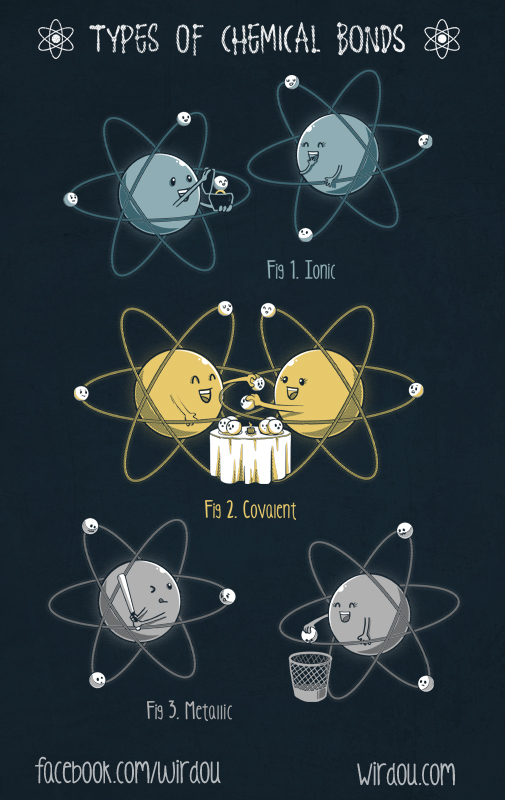Article Source: Katzman, Rebecca. "News." A Slice of Pi | TIME For Kids. Time Inc., 14 Mar. 2017. Web. 30 Apr. 2017.
Summary:
Circles are an important part of life, and are pretty much everywhere you go. From earth being a 3D circle, to tunnels and pipes and from the shape of clocks.. Circles are an important part of life. To measure a circle, you must divide the circumference (perimeter of a circle) by the diameter of a circle. What you get as the product is pi. Or an infinite irrational number (a number that cannot be written as a fraction) that when rounded, is 3.14. Since circles and Pi are a significant part of our everyday lives in (measuring) circles, Pi Day is a day to recognize the shape and the irrational number. it is celebrated on March 14th in the U.S since they follow the mm/dd/yy format and when March 14th is plugged into that format, it makes the date 3/14 which are the rounded numbers of Pi. Countries that follow the dd/yy format celebrate Pi Day on July 22nd since it dates 22/7 which is very close to the number Pi.
[Author's] SP8 - Communicating Information:
In the article, the author uses communication to take a step forward in our understandings of the natural world. The author uses many examples of how circles are used in the natural world through communication in the article. These examples include the earth, which is essentially a 3D version of a circle, a tree which when cut, shows many rings, or circles on it, and shows that the eye's pupil is also a circle. These examples show the significance of circles. The author also shows that circles can be measured through the number Pi which is circumference/diameter. With this, the author also mentions that due to the importance of circles, Pi Day exists as a recognition to the shapes. The author basically communicates the importance of circles through the article.

